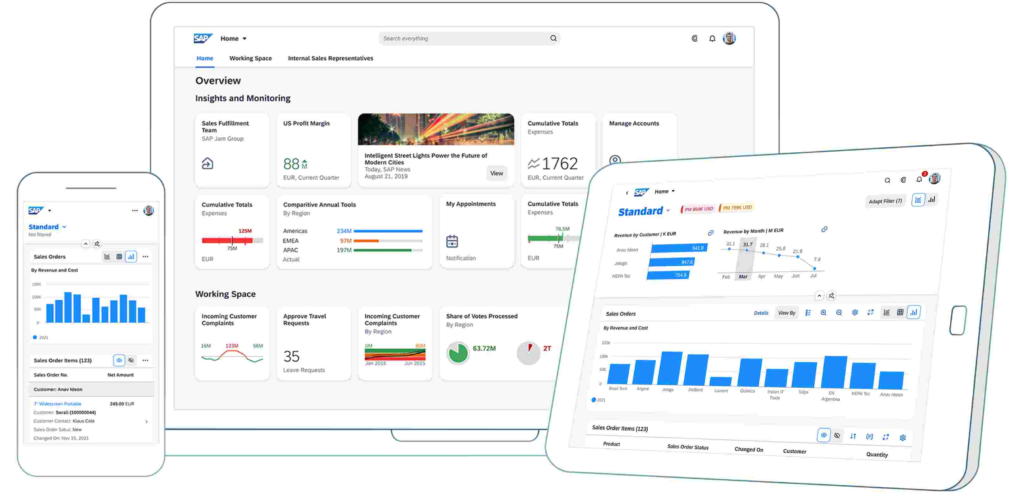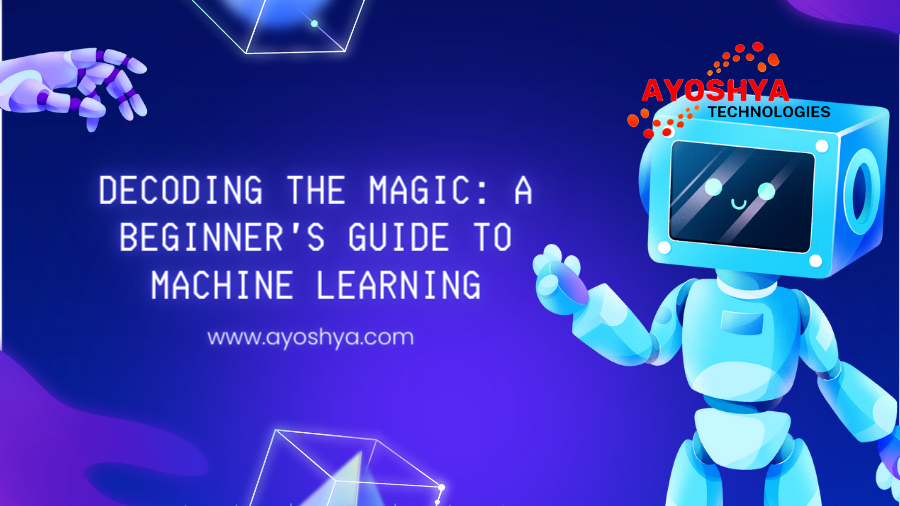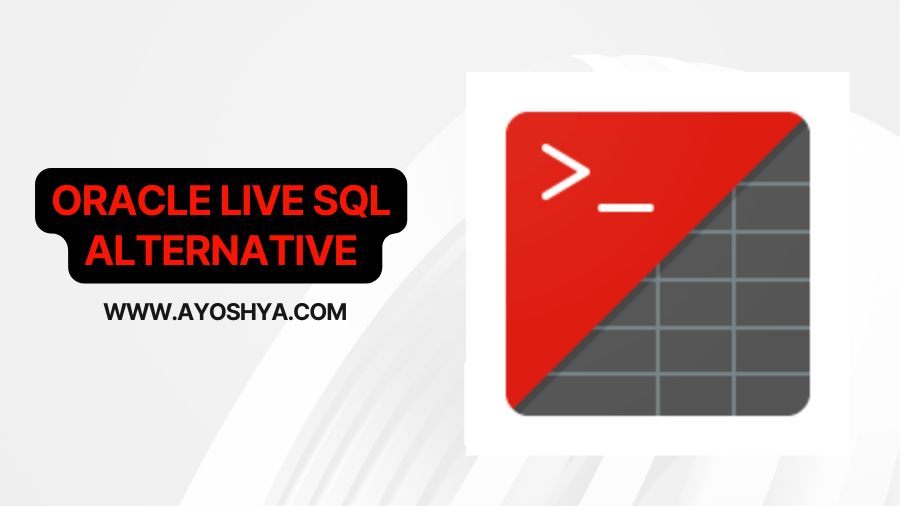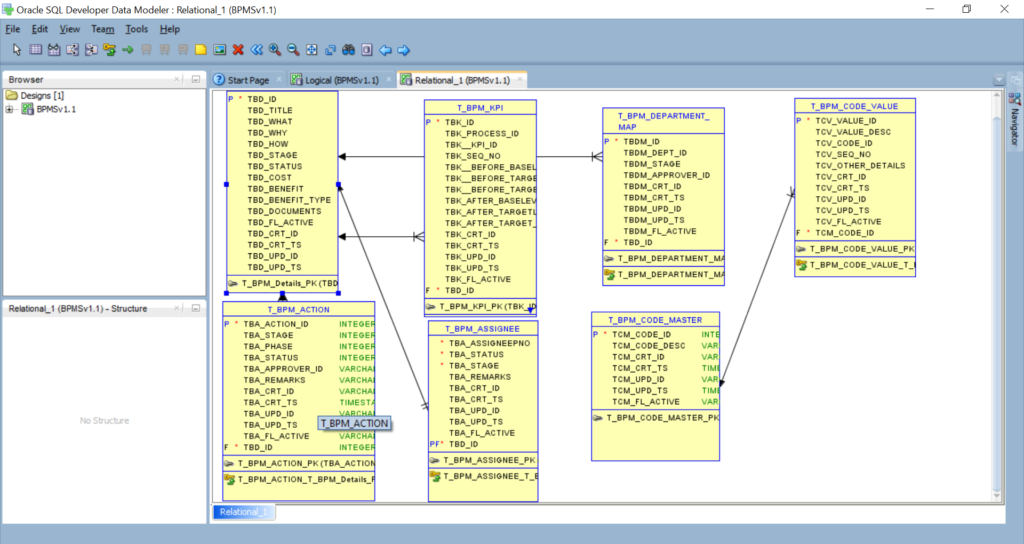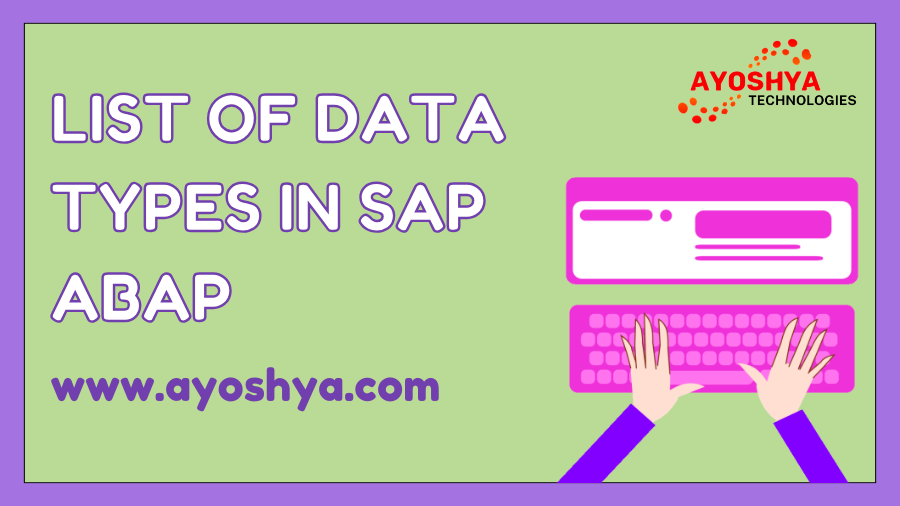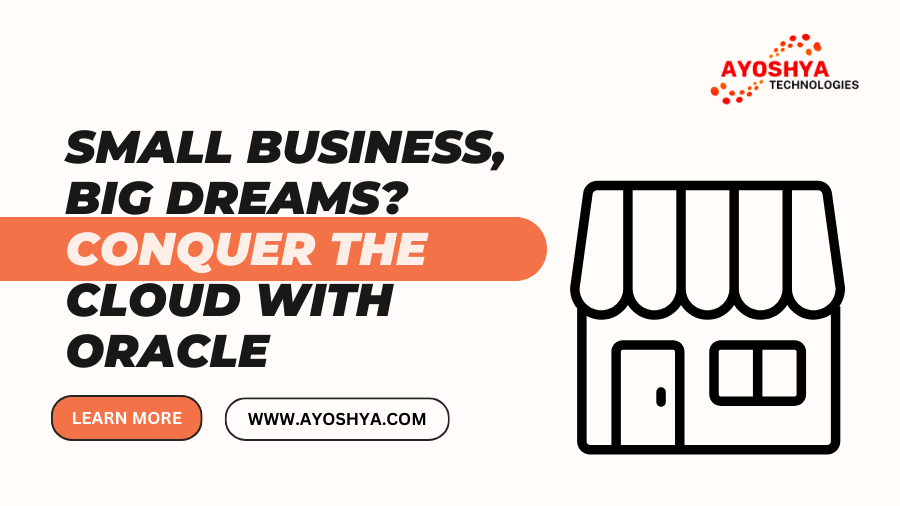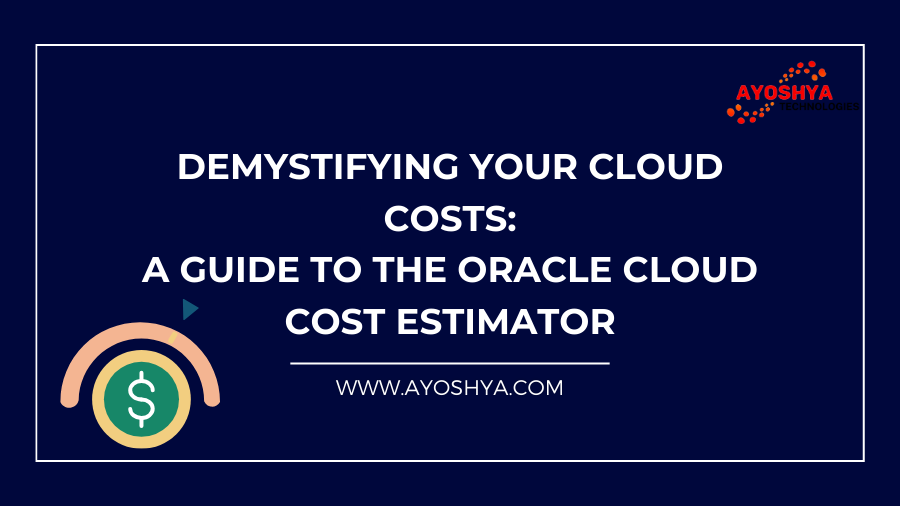Strangled by HR systems that feel like ancient scrolls? Data a labyrinth where even Theseus would get lost? Meet your Minotaur-slaying hero: OData API for SAP SuccessFactors!
Imagine HR processes that flow like a graceful waltz, not a clunky tap dance. Data insights shimmering like buried treasure, not cryptic riddles in a dusty tome. OData API for SAP SuccessFactors is your magic decoder ring, unlocking a world of HR agility and turning your data into a potent weapon for success.
Forget tedious manual tasks and siloed information. OData liberates you, empowering you to streamline workflows, automate processes, and generate real-time insights that guide your HR strategy with laser precision. Picture streamlining onboarding, crafting custom reports with a flick of your wand, and empowering employees with intuitive data access – all fueled by the magic of OData.
This isn’t just about efficiency, though. OData is about unleashing the hidden potential within your organization. Imagine building custom HR applications, seamlessly integrating SuccessFactors with external platforms, and making data-driven decisions that propel your workforce towards unprecedented growth. This is HR transformed, a data-driven symphony where agility, insights, and user experience harmonize perfectly.
So, ditch the frustration and embrace the future. Dive into the world of OData API for SAP SuccessFactors and let’s explore the exhilarating possibilities together. In this article, we’ll dissect its superpowers, showcase real-world use cases, and answer your burning questions – no Minotaur in sight, just pure HR magic waiting to be unleashed. Buckle up, HR heroes, and let’s rewrite the story of your data destiny!
Untangle Your Data Chains: Top Benefits of OData API in SAP SuccessFactors
Trapped in a labyrinth of HR data, struggling to decipher cryptic reports and navigate through endless manual processes? Fear not, weary traveler! OData API in SAP SuccessFactors emerges as your guiding light, offering a treasure trove of benefits that transform your HR landscape from a tangled mess to a vibrant tapestry of agility and insight. Let’s delve into the five key ways OData unlocks your HR potential, empowering you to soar beyond data limitations and embrace a future driven by data-fueled decisions.
1. Enhanced Data Access & Integration: No More Cryptic Scrolls
Remember the agonizing quest for specific data points, lost in a sea of spreadsheets and archaic reporting tools? OData banishes those struggles with its potent query magic. Imagine wielding laser-focused filters and sorting options, pinpointing precise data elements with ease. Picture joining data from different SuccessFactors modules with the elegance of a seasoned data sculptor, crafting customized reports that tell the true story of your workforce.
But OData’s power extends beyond internal data manipulation. Think of seamlessly integrating SuccessFactors with other applications and services, breaking down data silos and creating a unified ecosystem where information flows freely. Whether it’s connecting your HR system with your learning management platform or your payroll application, OData acts as the universal translator, ensuring smooth communication and real-time data exchange.
2. Streamlined HR Processes: Farewell, Tedious Tasks
Picture your HR team bogged down in manual tasks, drowning in a sea of paperwork and repetitive workflows. OData throws them a life raft of automation, empowering you to streamline processes and reclaim precious time. Imagine automating employee onboarding, leave requests, and performance reviews, leaving your team free to focus on strategic initiatives and employee-centric experiences.
Furthermore, OData’s flexibility allows you to customize workflows and build integrations tailored to your specific needs. No more struggling with rigid, one-size-fits-all solutions – OData adapts to your organization, transforming HR processes into a well-oiled machine that drives efficiency and employee satisfaction.
3. Real-Time Insights & Reporting: No More Flying Blind
Forget relying on outdated reports and gut instincts to make critical HR decisions. OData empowers you with real-time data insights, unveiling the hidden patterns and trends within your workforce. Imagine tracking employee engagement, analyzing talent mobility patterns, and predicting potential risks, all with the immediacy of a live ticker tape.
Think of crafting dynamic dashboards and customized reports that paint a vivid picture of your HR landscape. Drill down into specific data points, compare metrics across departments, and identify actionable insights that guide your HR strategy with surgical precision. This is data transformed from a dusty record book into a powerful crystal ball, shaping the future of your workforce with informed decisions and proactive actions.
4. Improved User Experiences: Data Becomes Your Playground, Not Your Puzzle
Remember the frustration of clunky HR interfaces and cryptic data navigation? OData throws those frustrations overboard, replacing them with a world of intuitive user experiences. Imagine employees accessing their personal information, submitting leave requests, and tracking performance progress with the ease of navigating their favorite social media platform. Picture HR managers building custom dashboards and reports that cater to their specific needs, empowering them to make data-driven decisions without relying on technical expertise.
But OData’s user experience magic goes beyond internal access. Think of building custom HR applications that cater to specific employee needs, from talent development portals to career planning tools. Imagine crafting mobile-friendly interfaces that allow employees to access HR data and complete tasks on the go, fostering a culture of agility and engagement. This is data transformed from a bureaucratic burden into a user-friendly playground, driving adoption and unlocking the full potential of your HR system.
5. Increased Scalability & Security: Navigate the Sea of Data with Confidence
As your organization grows, your HR data volume swells like a tidal wave. But fret not, OData equips you with the resilience to weather any storm. Imagine scaling your data access and manipulation capabilities effortlessly, accommodating increasing user needs and complex applications without breaking a sweat. Picture seamless integration with cloud platforms and big data solutions, empowering you to store, process, and analyze vast amounts of data without compromising performance or security.
Speaking of security, OData acts as your stalwart fortress, safeguarding your precious HR data with robust security features. Imagine granular access controls, secure authentication protocols, and data encryption tools that keep your information safe from unauthorized access and prying eyes. This is data management with peace of mind, allowing you to focus on strategic initiatives and growth without worrying about data breaches or security vulnerabilities.
These five pillars of OData’s magic – enhanced data access, streamlined processes, real-time insights, user-friendly experiences, and unwavering security – empower you to transform your HR landscape from a static labyrinth into a dynamic and data-driven ecosystem. Remember, OData is not just a tool; it’s a mindset shift, a philosophy of agility, and a commitment to harnessing the power of data for the benefit of your workforce. So, step onto the bridge of your HR ship, unfurl the sails of OData, and embark on a voyage towards a future where data unlocks your organization’s true potential.
Unleashing OData’s Power: Real-World Use Cases and Your Success Story
Now that we’ve explored the dazzling array of benefits OData offers, let’s dive into the nitty-gritty: how is this magic actually used in real-world scenarios? Prepare to witness ordinary HR landscapes morphing into data-driven marvels, courtesy of OData’s transformative touch!
Case Study 1: Streamlining Onboarding with Automation
Imagine a company struggling with clunky onboarding processes, leading to frustrated new hires and a drain on HR resources. Enter OData! By automating tasks like paperwork collection, role-based access provisioning, and training enrollment, OData expedites the process, reducing onboarding time by a staggering 30%. New hires feel welcomed and engaged, while HR personnel can focus on strategic initiatives and building rapport with the new recruits.
Case Study 2: Data-Driven Talent Management
Picture a company struggling to identify and nurture high-potential employees. OData unlocks hidden talent through real-time performance data analysis, showcasing areas of strength and potential development opportunities. With custom dashboards and predictive analytics, managers can tailor development plans, optimize talent mobility, and ensure the right skills are in the right place.
Case Study 3: Building a Custom HR Portal
Think of a global organization grappling with disparate HR systems across different locations. OData delivers the solution: a centralized HR portal built on its flexible APIs. Employees can access essential information, submit requests, and track progress in their native languages, fostering a sense of unity and accessibility across the globe.
Your Turn to Write Your Success Story:
These are just a glimpse of the possibilities. Now, it’s your turn to imagine how OData can transform your HR landscape. Consider your specific challenges and opportunities. Will OData automate your recruitment process? Empower employees with self-service data access? Build a bespoke talent development platform? The possibilities are limitless!
Start Your OData Journey Today:
Whether you’re a seasoned HR professional or a data enthusiast, OData opens a world of possibilities. Resources abound to guide you: comprehensive documentation, vibrant online communities, and readily available support from SAP. Take the first step, explore the potential, and unlock the data-driven HR future that awaits. Remember, OData isn’t just a tool; it’s a catalyst for change, an invitation to rewrite the narrative of your HR landscape. So, dare to dream, embrace the power of data, and let OData be your guide on the path to HR agility and success!
Your HR Renaissance Starts Now: FAQs About OData API in SAP SuccessFactors
The alluring potential of OData has unveiled a future where HR thrives on agility and insights. But before you chart your course, navigating the uncharted waters of new technology may spark some questions. Fear not, intrepid explorer! This section serves as your trusty compass, addressing the most frequently asked questions about OData API in SAP SuccessFactors:
Q: What are the limitations of OData API?
While OData grants extensive access and manipulation capabilities, it’s not a bottomless well. The number of concurrent API calls is regulated to ensure platform stability, and certain sensitive data fields may have restricted access based on security protocols. Understanding these limitations and planning accordingly is key to optimizing your OData journey.
Q: How does OData compare to other HR data access methods?
OData stands out through its standardized protocols and flexibility. Unlike custom APIs, it requires less development effort and integrates seamlessly with diverse platforms and services. Compared to traditional reporting tools, OData offers real-time data manipulation and deeper analytical capabilities, empowering you to move beyond static reports and truly unlock the potential of your data.
Q: What are the learning resources available for OData in SuccessFactors?
SAP provides a wealth of resources to equip you with OData expertise. Comprehensive documentation, interactive tutorials, and online communities like SAP Community connect you with fellow travelers on your OData journey. Furthermore, training courses and certification programs delve deeper into specific functionalities and best practices.
Q: Can I implement OData API without technical expertise?
While some technical understanding is beneficial, OData doesn’t require you to be a coding wizard. Many pre-built tools and connectors simplify integration and data manipulation, enabling HR professionals with basic IT skills to leverage OData’s power. Additionally, readily available support from SAP and the OData community ensures you have a network of guidance and expertise at your fingertips.
Q: How can I get started with OData in SuccessFactors?
Don’t let the initial steps intimidate you! Start by assessing your HR challenges and identifying areas where OData can unlock potential. Explore the available resources, attend webinars, and connect with the OData community to learn from others’ experiences. Don’t hesitate to reach out to SAP support for guidance and technical assistance. Remember, embarking on any new journey requires the first step, and OData is eager to accompany you on your path to HR transformation.
With these questions answered and your doubts dispelled, your HR renaissance fueled by OData is closer than ever. Remember, data isn’t just numbers; it’s a treasure trove of insights waiting to be unearthed. OData is your shovel, your map, and your compass – all you need to embark on a voyage of HR discovery and unleash the boundless potential within your workforce. So, raise the sails, captain, and let the OData winds propel you towards a future where data drives your HR success!
Beyond Today: The Future of OData API in SAP SuccessFactors
We’ve traversed the vibrant landscape of OData’s benefits, explored real-world use cases, and even navigated potential roadblocks. But the journey doesn’t end here! The world of OData is ever-evolving, brimming with advancements poised to further revolutionize the HR landscape. Let’s peek into the crystal ball and envision the exciting possibilities that lie ahead:
1. Artificial Intelligence Integration: Imagine OData seamlessly interwoven with AI and machine learning capabilities. Data analysis would transcend mere insights, morphing into predictive models that anticipate workforce trends, identify potential risks, and guide talent decisions with unparalleled accuracy. Picture automated talent pool recommendations, proactive talent retention strategies, and even AI-powered coaching and development initiatives – all fueled by the potent synergy of OData and AI.
2. Enhanced Security and Compliance: As data protection regulations evolve, OData will adapt and expand its security features. Blockchain integration could add an immutable layer of security to data transactions, while advanced encryption protocols and granular access controls will further tighten the fortress around your HR information. Expect data governance tools woven into the very fabric of OData, ensuring compliance with even the most stringent regulations while allowing you to leverage data with confidence.
3. Democratization of Data Access: OData will break down data silos and empower everyone, from HR professionals to line managers and individual employees, with self-service data access. Imagine intuitive dashboards and personalized data reports tailored to specific roles and needs. Picture employees making informed decisions about their careers, managers analyzing team performance in real-time, and HR leaders crafting strategic initiatives based on collective workforce insights. Everyone becomes a data explorer, navigating the landscape with ease and unlocking its transformative potential.
4. Continued API Refinement and Expansion: OData will continue to evolve, offering even more robust and flexible APIs. Expect streamlined integration with emerging technologies like AR/VR and the Internet of Things, opening doors to innovative HR applications and data-driven solutions we can only begin to imagine. Picture wearable devices tracking employee well-being and feeding data into OData for personalized health and wellness initiatives. Think of immersive VR training modules fueled by real-time performance data, creating a revolution in talent development.
5. A Human-Centric Future: Ultimately, the future of OData lies in its ability to serve the human element at the heart of HR. While data will remain its bedrock, expect enhanced user experiences and intuitive interfaces that make data accessible and actionable for everyone. Picture natural language queries and conversational interfaces that transform data analysis into a dynamic dialogue. Imagine AI-powered data assistants guiding users through complex reports and recommending insightful actions.
This glimpse into the future of OData API in SAP SuccessFactors paints a breathtaking picture of possibilities. Remember, OData is not just a tool; it’s a philosophy of continuous evolution, a commitment to unlocking the power of data for the benefit of your workforce. So, stay curious, keep exploring, and embrace the transformative potential that OData holds for the future of your HR ecosystem. The data-driven HR landscape you dreamt of is within reach – chart your course with OData, and set sail towards a future where success and agility flow like a boundless tide!
Unleashing Your HR Odyssey: The OData Advantage Awaits
We’ve embarked on a thrilling voyage through the seas of OData’s potential, charting a course from the crystal-clear shores of enhanced data access to the vibrant shores of user-friendly experiences. We’ve witnessed the automation magic streamlining processes, the real-time insights illuminating your path, and the security fortress safeguarding your precious data. Each benefit, from the seamless integrations to the future-proof scalability, is a potent tool in your HR arsenal, ready to propel you towards uncharted heights of success.
Now, captain, it’s time to raise the sails of action! Don’t let this treasure trove of insights remain buried – equip yourself with the knowledge gleaned from this journey and set sail for your HR transformation. Remember, embracing OData is about more than just technology; it’s about a data-driven mindset, a commitment to agility, and a belief in the power of information to empower your workforce and unleash their true potential.
As you navigate your own OData odyssey, keep these final words as your compass:
- Focus on the data: Let data be your guiding star, driving informed decisions and charting your course towards success.
- Empower your users: Break down data silos and make information accessible, fostering a culture of data-driven engagement.
- Embrace continuous learning: The seas of technology are ever-changing – stay curious, explore new possibilities, and keep your OData knowledge compass calibrated.
With determination as your wind and OData as your sails, your HR ship is poised to conquer any data storm. So, cast off the lines, captain, and embark on your OData adventure – the voyage towards a data-driven HR future awaits!
Remember, the choice is yours – remain anchored in the harbor of traditional HR, or set your sights on the boundless horizon of data-driven potential. Chart your course with OData, navigate the seas with confidence, and claim your rightful place as the sovereign of your data-driven empire. The tide is turning, captain – are you ready to set sail?
You may be interested in:
SAP ABAP OData APIs: Unlocking the Power of Integration
A Deep Dive into SuccessFactors Modules
how sap api works ?
